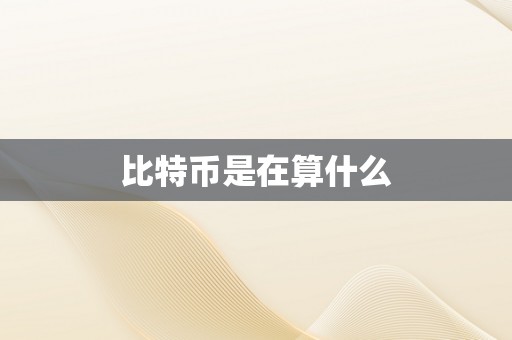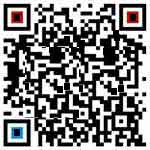 摘要:
区块链的英文关键词及详细描述区块链(Blockchain)是一种散布式账本手艺,通过去中心化的体例实...
摘要:
区块链的英文关键词及详细描述区块链(Blockchain)是一种散布式账本手艺,通过去中心化的体例实... 区块链(Blockchain)是一种散布式账本手艺,通过去中心化的体例实现了信息的平安存储和传输,区块链的呈现引发了全球范畴内的存眷和研究,其应用范畴涵盖了金融、供给链、物联网、医疗等多个范畴,以下是一些与区块链相关的英文关键词及其详细描述:
1. Blockchain Technology(区块链手艺)
Blockchain technology refers to the decentralized and distributed ledger system used to record and verify transactions across multiple computers. It relies on cryptographic techniques to ensure the security and integrity of data. Blockchain technology has the potential to revolutionize various industries by providing transparency, immutability, and efficiency.
2. Cryptocurrency(加密货币)
Cryptocurrency is a digital or virtual currency that uses cryptography for secure financial transactions. Bitcoin, Ethereum, and Ripple are some of the popular cryptocurrencies that operate on blockchain technology. Cryptocurrencies enable peer-to-peer transactions without the need for intermediaries like banks, making it a decentralized form of currency.
3. Smart Contracts(智能合约)
Smart contracts are self-executing contracts with the terms of the agreement directly written into code. These contracts automatically execute and enforce the agreed-upon conditions without the need for intermediaries. Smart contracts are stored and executed on the blockchain, ensuring transparency, security, and efficiency in various industries, such as supply chain management and real estate.
4. Decentralization(去中心化)
Decentralization refers to the distribution of power and authority away from a central authority or entity. In the context of blockchain, decentralization means that the control and decision-making are distributed among multiple nodes or participants in the network. Decentralization in blockchain technology enhances security, resilience, and transparency by eliminating the single point of failure.
5. Distributed Ledger(散布式账本)
A distributed ledger is a database that is replicated and synchronized across multiple nodes in a network. Each node maintains a copy of the ledger, and any changes made to the ledger are validated and agreed upon by a consensus mechanism. The distributed ledger in blockchain technology ensures transparency, immutability, and reliability of recorded transactions.
6. Consensus Mechanism(共识机造)
Consensus mechanism refers to the process by which participants in a blockchain network agree on the validity of transactions and the state of the ledger. Various consensus mechanisms, such as Proof of Work (PoW) and Proof of Stake (PoS), are used to achieve agreement and prevent malicious activities. Consensus mechanisms ensure the integrity and security of the blockchain network.
7. Blockchain Applications(区块链应用)
Blockchain technology has a wide range of applications across different industries. Some notable blockchain applications include supply chain management, healthcare records management, identity verification, voting systems, and decentralized finance (DeFi). These applications leverage the benefits of blockchain, such as transparency, security, and efficiency, to revolutionize traditional processes.
8. Tokenization(资产数字化)
Tokenization refers to the process of representing real-world assets or rights on a blockchain network using digital tokens. These tokens can represent ownership, value, or access to a particular asset or service. Tokenization enables fractional ownership, increased liquidity, and easier transferability of assets, opening up new possibilities in areas like real estate, art, and intellectual property.
区块链的英文关键词包罗Blockchain Technology、Cryptocurrency、Smart Contracts、Decentralization、Distributed Ledger、Consensus Mechanism、Blockchain Applications、Tokenization等,那些关键词涵盖了区块链手艺的核心概念和应用范畴,区块链手艺的呈现为金融和其他行业带来了庞大的变化和立异时机,其通明性、平安性和高效性使其成为将来开展的重要标的目的。












